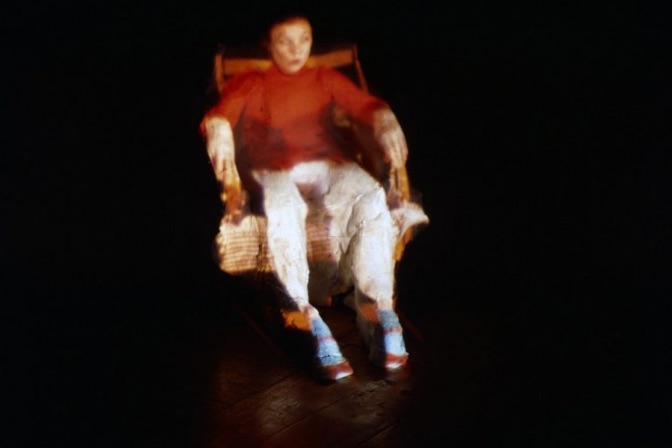Blaise Kirschner (they/them, formerly Anja Kirschner b.1978, Germany) is a German contemporary artist whose work predominantly embraces the moving image—video installations and medium- to long-form films—to probe urgent socio-political, technological, and ecological concerns. Rooted in “histories from below,” their art draws on speculative fiction, popular genres, and post-cinematic media to interrogate contemporary anxieties and cultural imaginings about the future.
Kirschner’s practice is process-driven and varied, refusing to adhere to a single aesthetic or style. Instead, each project emerges from its own conceptual and contextual origins, integrating techniques such as collective filmmaking and computer simulations. This approach enables them to craft works that are fluid, evolving, and responsive, constantly reshaping their artistic language in dialogue with the subject matter.
Their innovative vision has earned international recognition, with films shown at major festivals and institutions including the Berlinale, BFI London Film Festival, and International Short Film Festival Oberhausen. In 2011, Kirschner received the prestigious Jarman Award, affirming their position as a leading figure in artists’ moving image. Their work is distributed by LUX and held in significant collections such as the British Film Institute and the Arsenal Institut für Film- und Videokunst. As a Professor of Fine Art with a focus on Moving Image at the Royal Institute of Art in Stockholm, Kirschner continues to influence and mentor the next generation of artists.
At the core of their practice is a commitment to examining how we shape—and are shaped by—the world around us. Whether addressing environmental collapse or emerging technologies, Kirschner’s films open space for critical reflection, using art to reimagine possibilities and provoke dialogue about the complex systems we inhabit.
Blaise Kirschner’s work was included in an international moving image programme curated by Keith Whittle and Margherita Gramegna working with Film London



